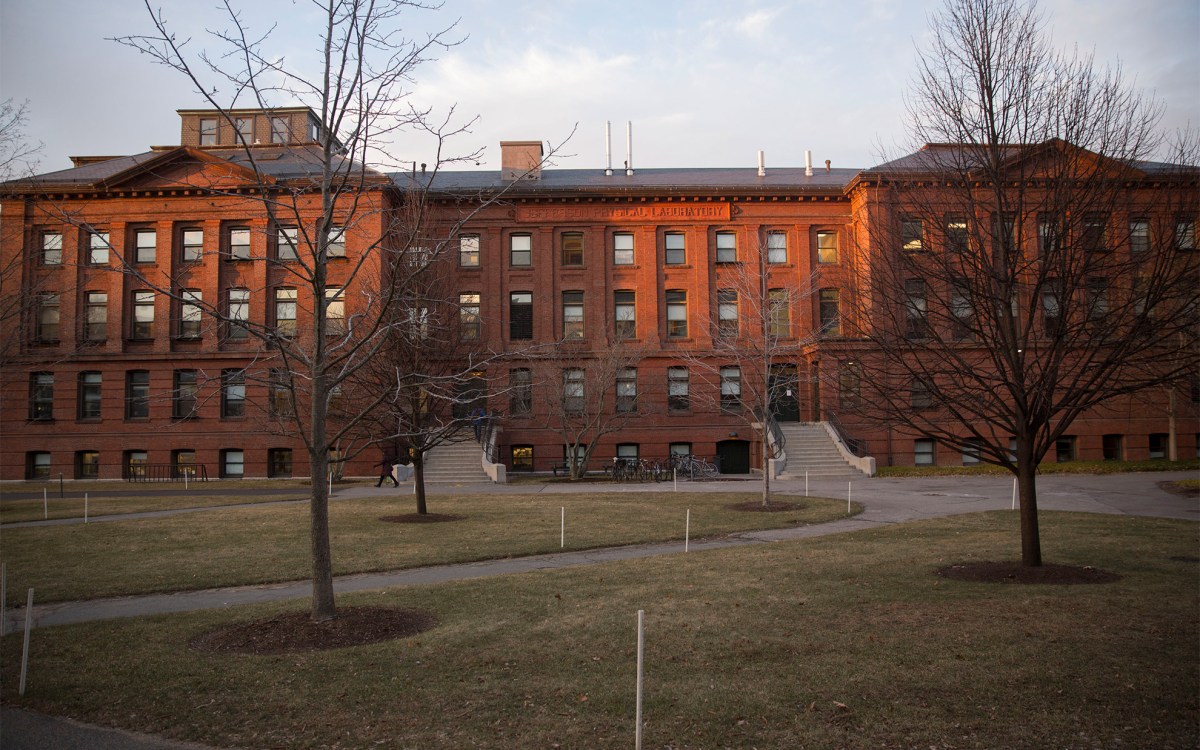Higher risk of PTSD for gay, lesbian, bisexual, ‘mostly heterosexual’ youth
Higher prevalence of posttraumatic stress disorder (PTSD), a debilitating mental illness that can have life-long negative consequences, has been found in young adult gay men, lesbians, bisexuals, and “mostly heterosexuals” compared with completely heterosexuals at considerably younger ages than previously identified, according to a new study by Harvard School of Public Health (HSPH) and Boston Children’s Hospital researchers. The researchers found higher symptoms of PTSD in sexual minorities compared with heterosexuals in individuals in their early 20s.
The new study was published online June 14, 2012 in the American Journal of Public Health. Read the abstract.
“We looked at a group of people who are at the cusp of adulthood and found much higher levels of PTSD in sexual orientation minorities compared with heterosexuals. We found that differences in PTSD by sexual orientation already exist by age 22. This is a critical point at which young adults are trying to finish college, establish careers, get jobs, maintain relationships, and establish a family,” said lead author Andrea Roberts, research associate in HSPH’s Department of Society, Human Development, and Health. Previous studies by Roberts and her colleagues identified more PTSD symptoms in a group of sexual minorities aged 40-60. Gay men, lesbians, bisexuals, “mostly heterosexuals,” and heterosexuals who have ever had a same-sex sex partner were found to be one-and-a-half to two times as likely to experience violent events, especially in childhood, than the general population and have double the risk of experiencing PTSD as a consequence. (See 2010 HSPH press release.)





